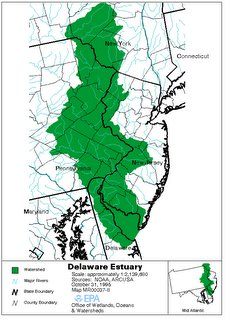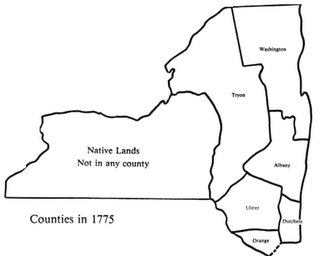Lumberland
 A rainy day is a good time to continue gathering information about the history of our area:
A rainy day is a good time to continue gathering information about the history of our area:Along the Upper Delaware River where the present boundaries of the states of New Jersey, New York and Pennsylvania meet is the Town of Lumberland. Part of Ulster County before it was divided, the Town of Lumberland came into being March 16 1798. Ulster County was one of New York’s original divisions organized in 1688.
On December17th, 1743, a precinct was formed called Mamakating. Some historians say it was called Mamacotten. It included Lumberland and all of what is now Sullivan County but was at that time still a part of Ulster County. Lumberland was organized in 1798 then Sullivan County was formed in 1809
 The first Supervisor and Town Clerk of the Town of Lumberland, Daniel Bush, was appointed on June 4, 1798. Lumberland was bounded on the east by the Mongaup River on the south and west by the Delaware River; on the northwest by Delaware County; and on the Northeast by what has become the Towns of Neversink and Rockland.
The first Supervisor and Town Clerk of the Town of Lumberland, Daniel Bush, was appointed on June 4, 1798. Lumberland was bounded on the east by the Mongaup River on the south and west by the Delaware River; on the northwest by Delaware County; and on the Northeast by what has become the Towns of Neversink and Rockland.The land was covered with rich forests of oak, chestnut, white and yellow pine and hemlock. Many of the settlers living in the Delaware River Valley were engaged in cutting timber hence the town name of Lumberland.
By 1800 the population of Lumberland was approximately 733 persons.
Prior to the revolutionary war, a man named John Showers lived near the falls of the Mongaup. He kept a tavern and sold or traded whisky; black powder; fabric; food staples and various and sundry items to the trappers and other travelers who passed.
Lumbermen and tanners are among the first settlers in the area. That is where Lumberland gets its name. During the early 1800`s there were several hundred tanneries in Sullivan county.. The leather from these tanneries was of superior quality and during the civil war was used to make many of the boots, saddles and other leather goods used by the Union Army. In fact Mamakating tanneries, in the year 1850, produced 29,000 hides of leather from five water and horse powered tanneries. Historian James Eldridge Quinlan wrote: There’s an old saying, “The Civil War was won with the boots tanned in Sullivan County."


0 Comments:
Post a Comment
<< Home